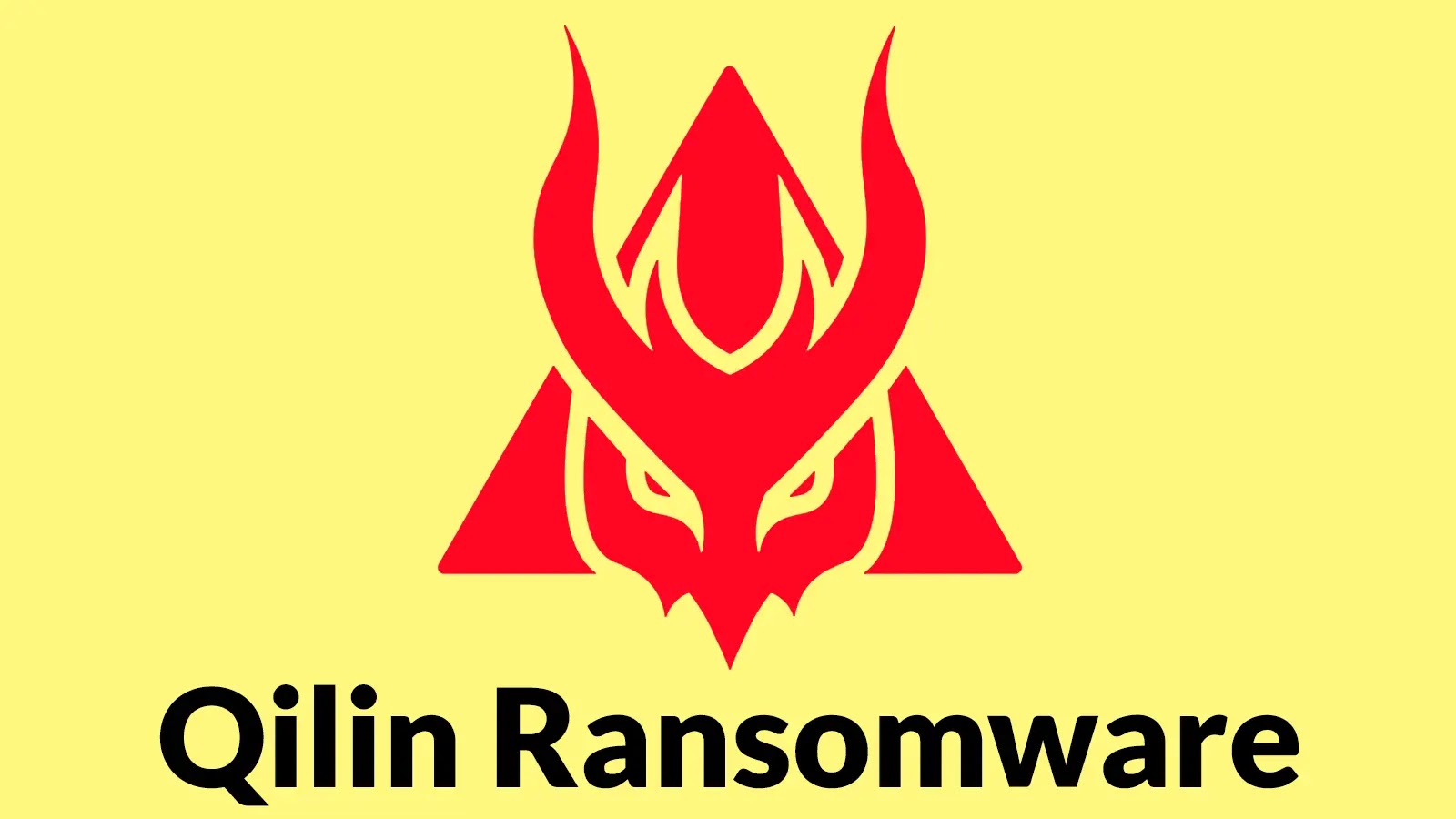
Qilin Ransomware Using Ghost Bulletproof Hosting to Attack Organizations Worldwide
The digital landscape is under siege, and a new, formidable adversary has emerged from the shadows: Qilin ransomware. Operating with alarming sophistication and leveraging a notoriously resilient infrastructure known as “bulletproof hosting,” Qilin poses a significant and evolving threat to organizations worldwide. Understanding their tactics, particularly their reliance on services like Ghost bulletproof hosting, is no longer optional; it’s critical for safeguarding digital assets and maintaining operational continuity.
Qilin Ransomware’s Modus Operandi: A RaaS Prowess
Qilin isn’t a new face; it first appeared in mid-2022 under the alias “Agenda” before rebranding, a common tactic among threat groups seeking to evade detection and maintain operational flexibility. Their operational model is Ransomware-as-a-Service (RaaS), which democratizes sophisticated attack capabilities. In a RaaS model, the core ransomware developers provide the malicious software and infrastructure, while affiliates carry out the attacks in exchange for a percentage of the ransom payments. This structure allows Qilin to scale its operations rapidly and reach a wider array of targets, making it one of the most prolific and dangerous threat actors in the cybersecurity landscape today.
The Ghost in the Machine: Bulletproof Hosting Explained
The cornerstone of Qilin’s resilience lies in its use of bulletproof hosting. This specialized hosting service is notorious for ignoring abuse complaints, making it an ideal environment for cybercriminals to host their infrastructure without fear of swift shutdown. Think of it as a digital safe haven for illicit activities. Ghost bulletproof hosting, specifically, offers a layer of anonymity and persistence that traditional hosting providers do not. This enables Qilin to host command-and-control (C2) servers, phishing pages, data exfiltration points, and other crucial infrastructure with a high degree of impunity. Such services are often located in jurisdictions with lax cybercrime laws or are controlled by entities with no qualms about facilitating criminal enterprises.
Global Impact and Target Sectors
Qilin’s reach is extensive, impacting organizations across multiple sectors. While specific victim lists are often subject to ongoing investigations or non-disclosure agreements, the nature of RaaS operations suggests a broad targeting strategy. Any organization with valuable data and a potential willingness to pay a ransom could become a target. This includes, but is not limited to, critical infrastructure, healthcare, finance, manufacturing, and legal services. The financial and reputational damage inflicted by a successful Qilin attack can be catastrophic, leading to operational downtime, data loss, regulatory fines, and a significant erosion of trust among customers and stakeholders.
Remediation Actions and Protective Measures
Defending against advanced threat groups like Qilin requires a multi-layered and proactive cybersecurity strategy. Organizations must prioritize robust defenses, continuous monitoring, and effective incident response planning. There is no specific CVE mentioned in the source material for Qilin’s ransomware itself, as it’s a group, not a vulnerability. However, the general principles of vulnerability management remain critical.
- Implement Strong Endpoint Security: Deploy advanced endpoint detection and response (EDR) solutions to identify and block malicious activity, including ransomware encryption attempts.
- Regular Backups and Recovery Plans: Maintain offsite, encrypted, and isolated backups of all critical data. Regularly test recovery procedures to ensure business continuity in the event of a successful attack.
- Network Segmentation: Segment networks to limit the lateral movement of ransomware. Isolate critical systems and sensitive data from less secure parts of the network.
- Patch Management: Proactively identify and patch vulnerabilities in operating systems, applications, and network devices. Ransomware often exploits known vulnerabilities to gain initial access.
- Multi-Factor Authentication (MFA): Enforce MFA across all services, especially for remote access, privileged accounts, and cloud applications, to prevent unauthorized access even if credentials are compromised.
- Security Awareness Training: Educate employees about phishing, social engineering tactics, and the dangers of clicking suspicious links or opening unsolicited attachments. Human error remains a primary vector for ransomware infection.
- Intrusion Detection/Prevention Systems (IDPS): Deploy and configure IDPS to monitor network traffic for suspicious patterns and block known malicious activity.
- Email Filtering and Web Security: Implement robust email security gateways and web filters to block malicious emails, attachments, and access to known nefarious websites.
- Incident Response Plan: Develop and regularly rehearse a comprehensive incident response plan tailored to ransomware attacks. This includes communication strategies, containment procedures, eradication steps, and recovery protocols.
- Threat Intelligence: Stay informed about the latest ransomware threats, tactics, techniques, and procedures (TTPs) used by groups like Qilin. Leverage threat intelligence feeds to bolster defense mechanisms.
The Enduring Threat of Bulletproof Hosting
The continued existence and proliferation of bulletproof hosting services like Ghost underscore a significant challenge in the fight against cybercrime. As long as these services operate with impunity, threat actors will continue to leverage them to maintain persistent infrastructure and evade detection. This necessitates a collaborative effort among law enforcement, cybersecurity experts, and international bodies to disrupt the ecosystems that support such illicit hosting providers.
Concluding Thoughts
The Qilin ransomware group, with its RaaS model and reliance on Ghost bulletproof hosting, represents a sophisticated and persistent threat. Organizations must recognize the elevated risk and act decisively to fortify their defenses. By adopting a proactive and multi-faceted security posture, including stringent technical controls, robust backup strategies, and comprehensive employee training, it is possible to significantly reduce the attack surface and mitigate the impact of such devastating cyberattacks. A strong defense is the best offense in this ongoing digital battle.





